Ba-Ba-Bakuhatsu!
by Masatoshi Naito
Female shamans who invoke the spirits of the dead, although once found in many parts of Japan, have today largely disappeared. But not so in the Tohoku region of northeastern Japan, where priestesses—called variously itako, onakama, or ogamisan—perform their rituals to this day.
The culture of Tohoku seems to be one that at a very deep and powerful level embraces death. Witness Mount Yudono, one of the three sacred mountains of Dewa in Tohoku; this sanctuary is known for its sokushinbutsu, or mummies of long-ago monks who ritually starved themselves to death so as to be able to reach buddhahood.
Traveling through Tohoku, one also comes across many Buddhist and Shinto sculptures of remarkable power. The region’s folk traditions—the brightly illuminated parade floats of the summertime Nebuta Festival, the frightful namahage demon masks of the men making ritual rounds of local households in the New Year, the yamabushi kagura festival music handed down by mountain ascetics, the shishi odori dances by revelers dressed in animal costumes—likewise pulse with overwhelming energy that seems as if to brim from the very earth itself.
That same energy fills the baba, or old grannies, who gather for festival days at holy places like Osorezan and Kawakura Jizodo. The women pray for those who have passed away, listen to itako shamans channel the voices of the dead, engage in much tearful mourning—and then, after all that is over, break into jubilant dance that lasts all through the night. This unbridled exuberance, it may be said, is something that is released in them by their ceremonial journey through death.
Casting light through death on the brilliance of life: that, indeed, may well be the spirit at the very heart of Tohoku. Those still living cannot peer through to the world of death, but from the side of death the truth about life is laid bare for all to see.
The land of Tohoku is shelter to a rapturous philosophy of life.
If photography is a magical means for penetrating to the real essence of things, then my study of folklore is a second “camera” I wield in order to peer into the unknown.
( Translated by Chikako Imoto )
Masatoshi Naito is a photographer and folklore scholar based in Tokyo, Japan.
Photographs courtesy of the Miyagi Museum of Art
The Miyagi Museum of Art.
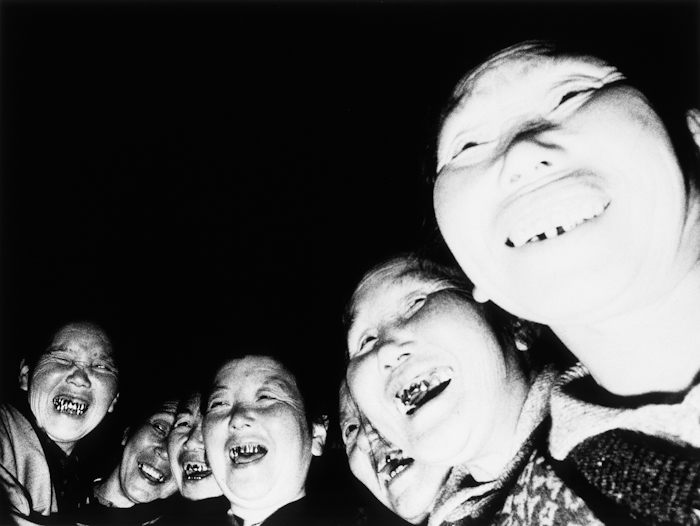
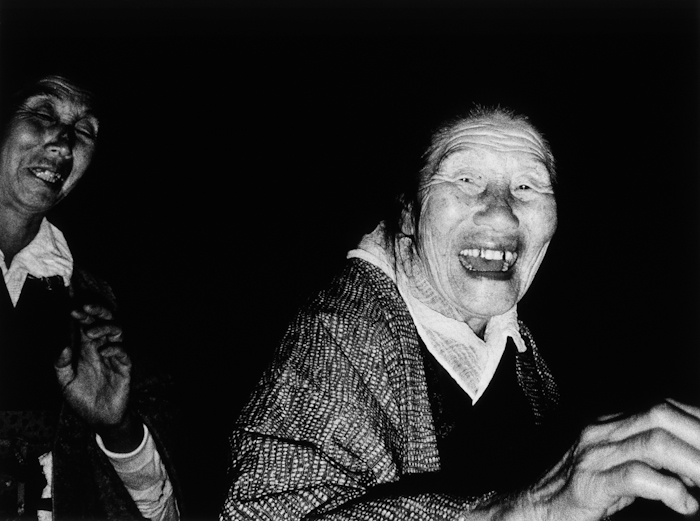

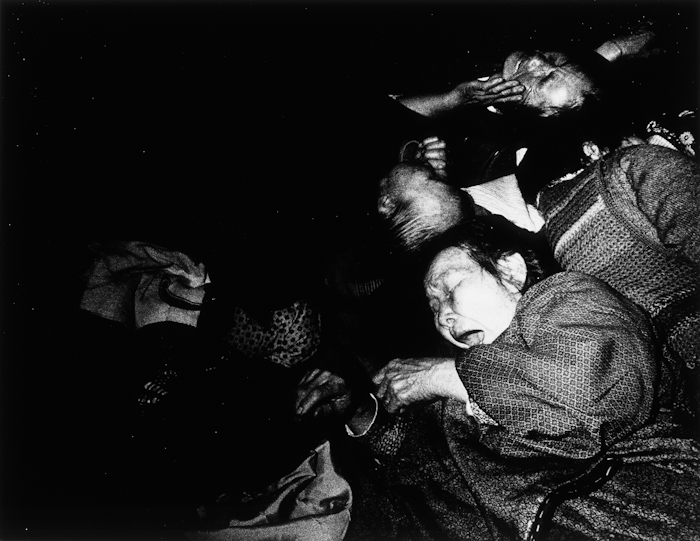
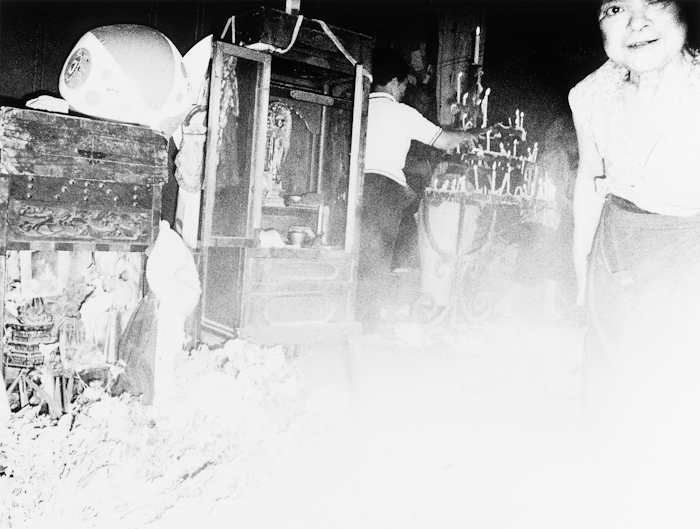
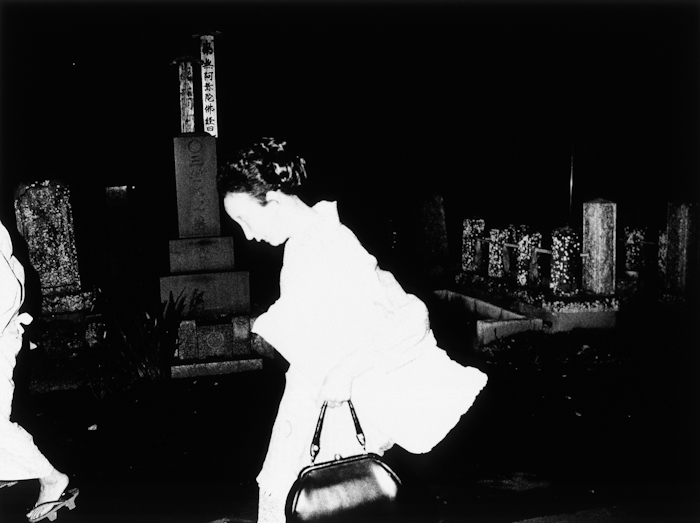
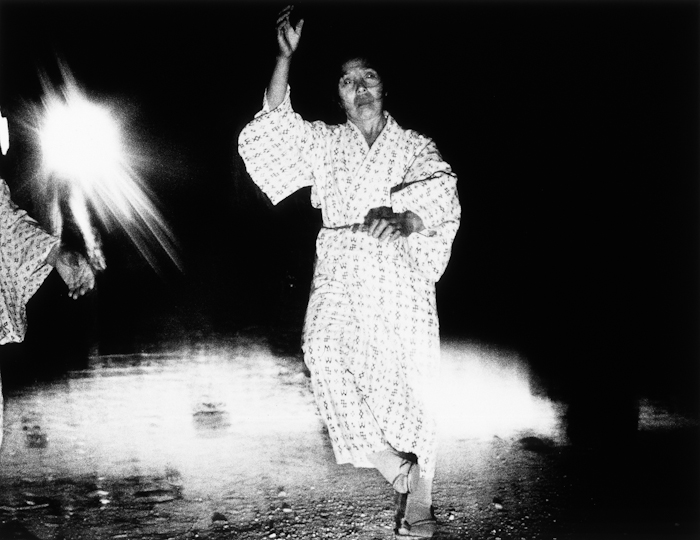

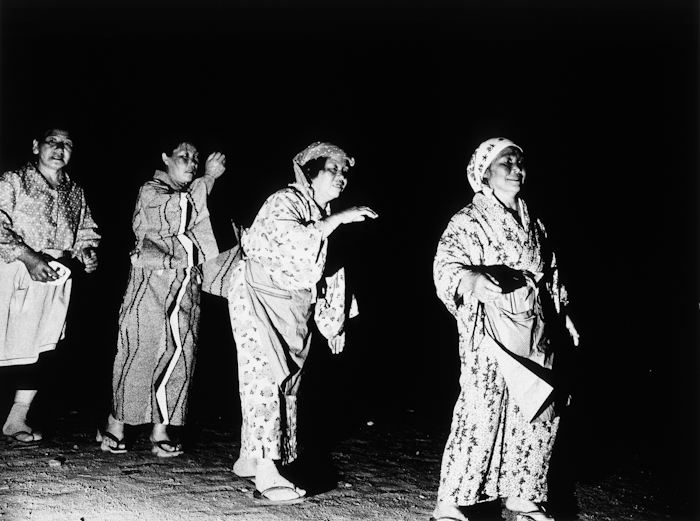
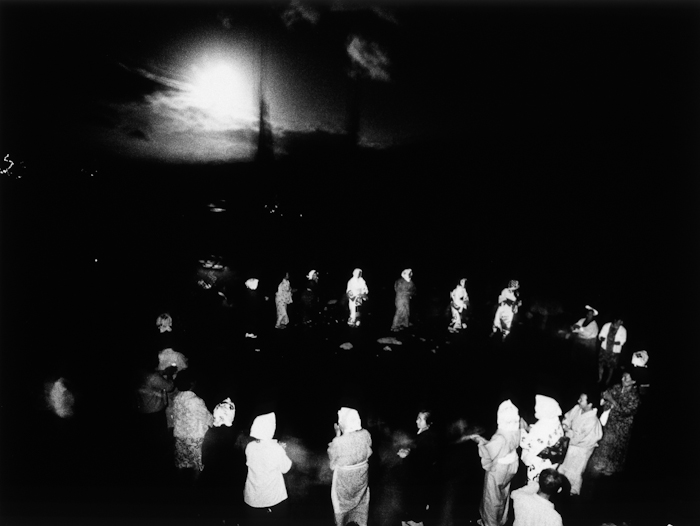
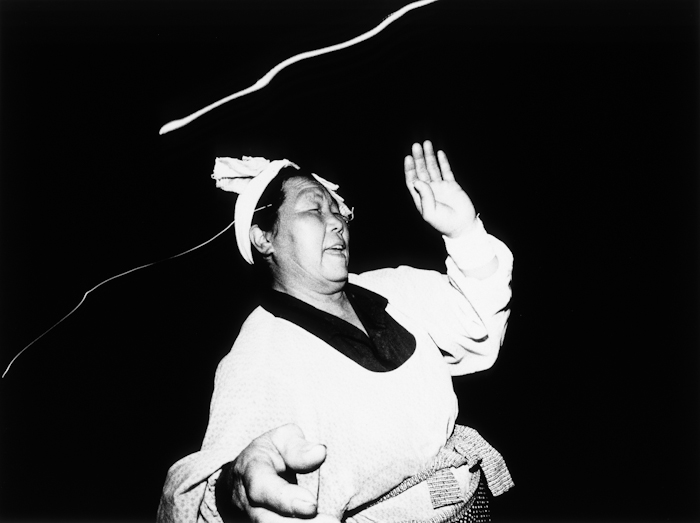

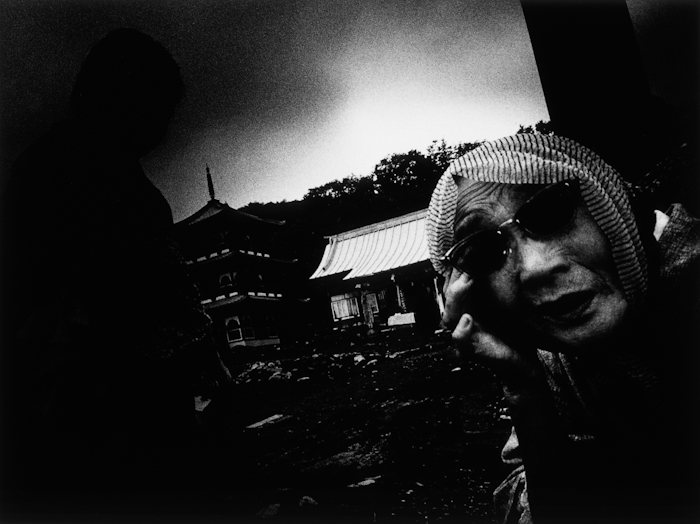
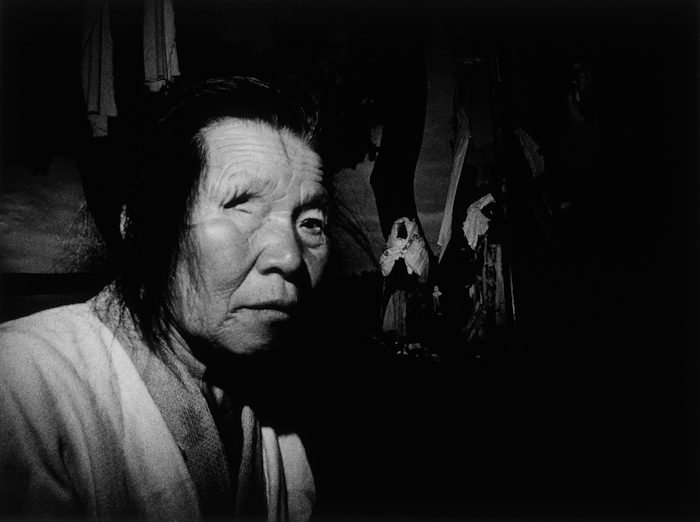
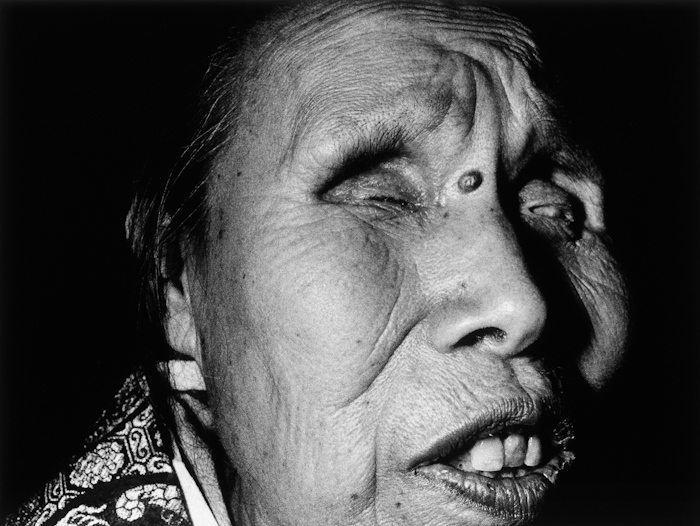
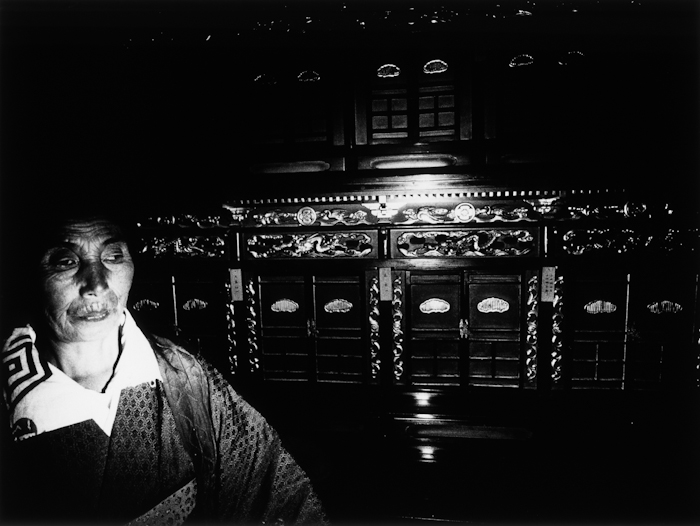

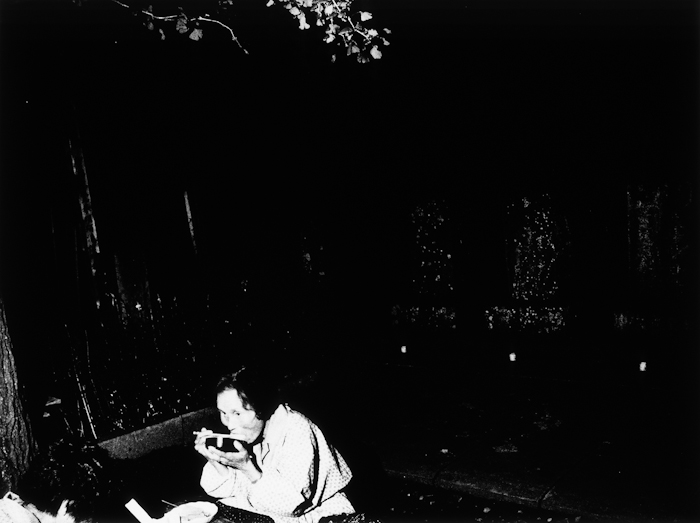

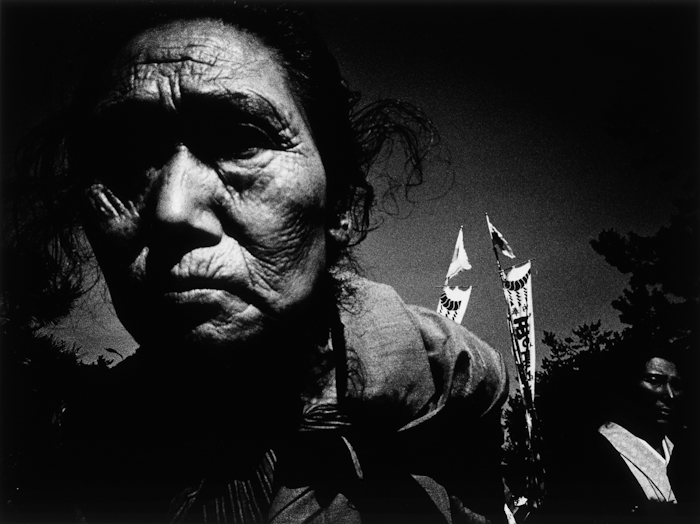
 Previous page
Previous page
